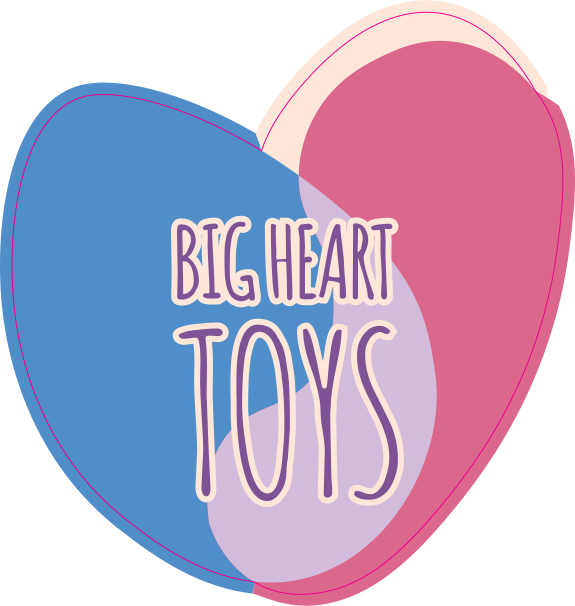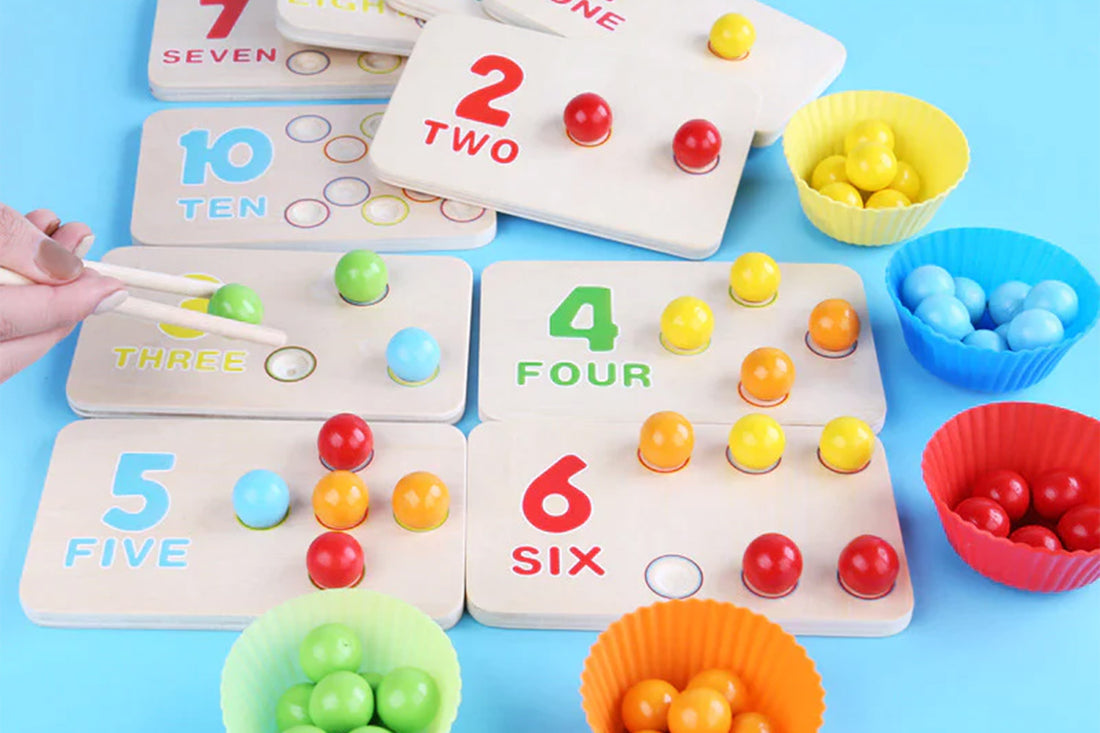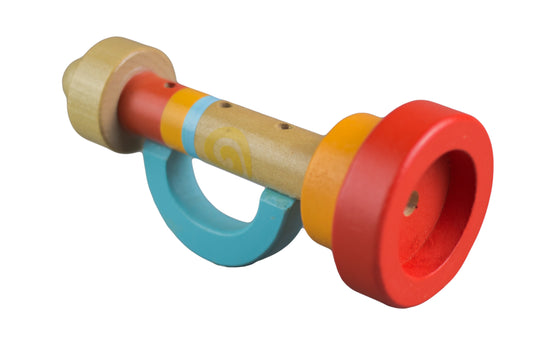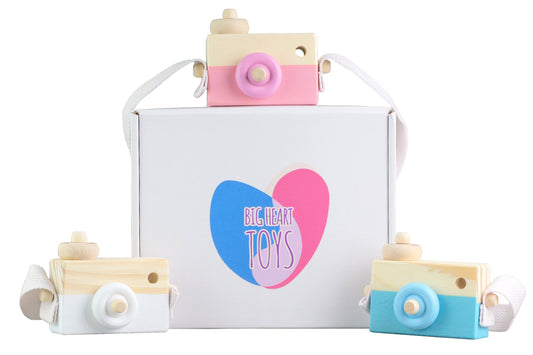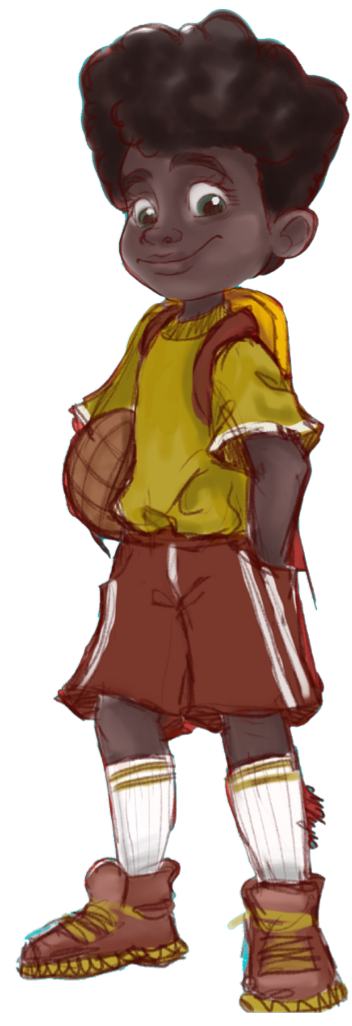Each child has their own unique learning style. Finding out what type of learner your child is can help you teach them in a manner that clicks for them. Of course, sometimes, it can be challenging for kids to retain information. So, we always want to present them with new ideas in whichever form will help them retain the most information.
The four types of learning are outlined by the VARC model, which we’ll discuss below. While there are some people who doubt the effectiveness of the VARC learning models. (VARC stands for visual, auditory, reading, and kinesthetic), many schools still use this model today, and it is definitely worth talking about.
4 Types of Learning (VARC Model)
Psychologists are always looking for different types of learning styles.
One model that teachers and parents have used for many years is the VARC model. This model was initially introduced by Neil Fleming, who was working as a psychologist during the 1980s. Fleming proposed that there are four main types of learning styles and that, most likely, there is one that works best for your child.
Let's explore those four different learning styles to learn a little more about this model of learning.
-
Visual: Children that are visual learners will benefit more from visual presentation. Teaching with graphs, charts, symbols, and graphic depictions will help them retain the information you are presenting.
-
Auditory: These types of learners do well with lessons that are presented vocally. Listening to books will help your child retain the information better than reading them. Auditory learners will work well in group settings as well.
-
Reading and Writing: Reading a book or taking notes are just a few ways this type of learner will succeed. Getting information from worksheets or any type of written information works best for them.
-
Kinesthetic Learning Style (Tactile): This learner likes to get “hands-on.” A tactile learner needs to physically touch things and explore them and understand how they work. Engaging all their senses at once is the best way for them to store information.
As you can see, there are many different ways that your child may be able to learn. Today, however, we’ll primarily focus on Kinesthetic or Tactile learning.
What Is the Tactile Learning Style?
For some children, a hands-on approach is the best way to learn and retain information. This style focuses on physically touching objects to understand them better. These learners have trouble sitting still and lose interest quickly.
However, this does not mean they are necessarily “hyperactive,” they just simply like to move. That is why putting tactile kids in a learning environment that caters to these needs will benefit them in the long run.
Tactile Learning Strategies
If you are a teacher or a parent and trying to find different ways to teach your tactile learner, here are a few learning strategies that may work.
-
Props and Games: If your child is learning math, you could use tiles or small objects to help them stay engaged. A pinch and count math game is a fantastic prop for younger children learning basic math.
-
Creating Videos: If you’re teaching older kids who have a book report or project to present, allow them to make a video instead of a written report if possible.
-
Keeping the Learning Hands-On: If a child needs to take notes, encourage them to use different colored markers or paper to keep their hands busy while listening.
-
Add in Physical Movement: Although most parents would tell their child to sit still and focus, this can be very challenging for a tactile learner. So, encourage them to move around or do lessons in small sessions. If you can, prompt your kids to have frequent breaks and play for a few minutes in between working.
-
Flashcards: Making flashcards with different colors and textures can be a helpful learning aid. This exercise will satisfy a tactile learner’s need to touch objects while also learning about important subjects.
-
Science Experiments: Although these can tend to be messy, the lesson will outweigh the messiness. Experiments are great hands-on activities.
Tactile Learning With ADHD
Children with ADHD (attention deficit hyperactivity disorder) are often kinesthetic learners. Keeping these children focused can be quite a challenge.
Some neurodiverse learners enjoy activities that engage their sense of touch and will help keep their attention. Sometimes, they may just need something to fidget with while learning. Giving them chewing gum while reading or incorporating physical activity into what they are learning may help.
You may notice that children with ADHD do a lot of fidgeting. This may seem like a distraction from learning — but it may be just a habit that helps them focus on what they are learning. Giving them learning activities that engage their sense of touch and include physical activity will keep them engaged and focused.
In addition, giving your ADHD child a pop toy while teaching them will make them less likely to act out during learning time. The reason this often works is that your child has a constant need to fidget. So, allowing them the space to fidget — while still learning — keeps them more focused and engaged.
Is There a Difference Between Kinesthetic and Tactile Learning?
Although the two are very similar and often interchanged, there are a few differences between kinesthetic and tactile learning.
For example, kinesthetic learning seems to focus more on physical activity. Kinesthetic learners may have more physical memory and are usually drawn to sports. These learners could also benefit from an experience like a field trip to a science center where they are constantly moving and interacting with new exhibits.
On the other hand, tactile learners use more fine motor skills and not whole body movement. So, they primarily learn through a sense of touch. Giving these learners activities like science projects and dioramas can help them stay stimulated during the learning process.
The differences in kinesthetic and tactile learning are mostly minuscule, which is why they are often linked as one learning style. Learning methods in these categories move the body in some way to engage in learning. They both focus on manipulating objects during the learning process, and they often appeal to the same learners.
Implementing All learning Types in the Classroom
Using only one method of teaching could leave some children behind. Since there are different types of learning, introduce a few style varieties to discover what works best for your family.
Try encouraging your kids to choose an option that works best with their style. For some projects, that might mean a presentation, a written assignment, creating a podcast, or maybe building a diorama. The end goal is always the same — learning. Showing their understanding of new concepts in their own way increases a child’s self-confidence and helps them learn.
Allowing your children to learn in the style that works best for them can also help them be more successful. On the other hand, if instructors always stick to one teaching style, children can get bored and act out. When this happens, it will only distract other students from learning. A happy classroom is a harmonious classroom.
What Are the Tactile Learner Traits?
If you aren't completely sure whether or not your child is a tactile learner and needs some assistance, we are here to help!
Here is a list of a few traits that will help you identify if your child is truly a tactile learner.
-
Your child always wants to try things on their own, like tying their shoelaces over and over until they master it.
-
When showing your child something, they will want to hold it in their own hands to physically inspect it.
-
They tend to lose interest in things fast. This is why small breaks in between learning will work best for them.
-
Your child has a hard time listening to you. Often, tactile learners need visual demonstrations to pay attention.
-
Tactile learners are often distracted by their environment. Keeping items in their hands will help keep them from getting distracted by what’s going on around them.
-
Children that have trouble sitting still are often tactile learners. They have a constant need to move or fidget.
-
If your child chews gum or likes to snack during learning activities, they might be a tactile learner.
-
If a child does well at puzzles or mazes, they may be a tactile learner.
-
A child that enjoys sports or any type of physical activity could benefit from tactile learning.
If your child tends to show all or some of these traits, that could be a good indication they are a kinesthetic or tactile learner.
Now that you’ve solved part of this puzzle, you can help your child grow, learn, and look forward to new adventures.
Final Thoughts on Tactile Learning
Children can reap many benefits from all learning types, including tactile learning.
Tactile learning can be fun and engaging without distracting from important information. As tactile learners grow up, they can continue to use learning methods that work for them in high school, college, and beyond.
In addition, this type of learning can involve physical activity, which benefits your child immensely. Often, children with a focus on this type of learning style excel in athletics and are in good physical health because of their affinity for exercise.
Having fun and playing while learning is every kid's dream. Tactile learning often involves role-playing and sports as means to illustrate a valuable concept. When learning is fun and caters to your child's specific needs, they will enjoy it more and stay more focused.
We all want our children to learn life skills and crucial information while also being able to have fun and enjoy the process. Hands-on activities will guarantee that your tactile learner will stay engaged and have fun all at the same time.
Sources:
